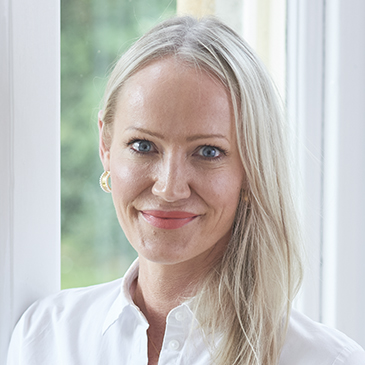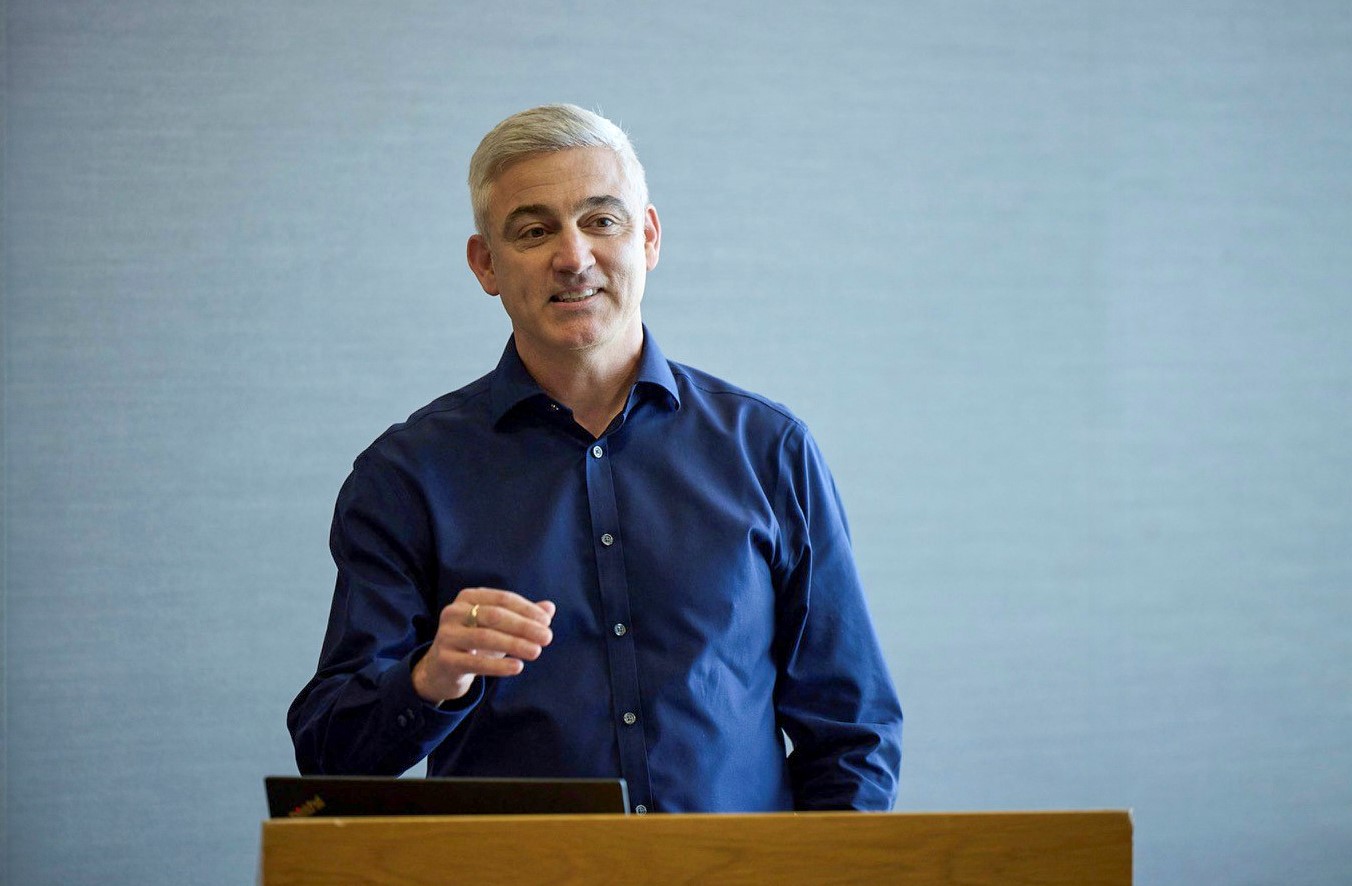In Conversation with Kate Buckley & Hilary Banks
Protection in 2025: Optimism, Innovation, & the Road Ahead
In this in-depth discussion, Kate Buckley sits down with Hilary Banks, Commercial Director at Guardian, to explore the outlook for the protection insurance market in 2025. From market optimism and innovation to regulatory impact and consumer confidence, the conversation highlights the challenges and opportunities shaping the future.
Kate: How are you feeling about the UK protection market looking ahead to the rest of 2025?
Hilary: It’s interesting because despite global instability and the upheaval the market has faced in recent years, from COVID and the cost-of-living crisis to budget turbulence, we entered 2025 feeling optimistic. The end of the stamp duty incentive certainly helped spark a mortgage market recovery, and we’re seeing positive signs like potential interest rate drops and healthy swap rates. Add to that the changes driven by Consumer Duty, so overall, I think the protection market is in a good place for the year ahead.
You mentioned Consumer Duty and the mortgage market. How are those trends supporting growth?
Hilary: Consumer Duty has encouraged more customer-focused conversations and innovation across the board. We’re seeing a push for affordability and accessibility, both in mortgages and protection.The government’s growth agenda could enable more first-time buyers to enter the market, which is great for protection uptake. We’re finally getting movement, and it’s crucial we don’t stifle that progress with unnecessary barriers.
What’s new at Guardian in 2025? Any product developments?
Yes! In fact, today we’ve launched our biggest cover upgrade to date. It includes five new conditions and 24 upgraded definitions across adult and child critical illness policies. We’ve also made enhancements to our children’s cover to include
the partner’s children. And importantly, we’ve launched a tool that lets customers compare their policy’s original definitions with any improvements we’ve added since. Transparency and clarity like this is crucial under Consumer Duty and the Pure Protection Market study which is on everyone’s radar.
Was this product upgrade influenced by regulatory pressure or part of a long-term plan?
We’ve always had our cover upgrade promise – it’s core to Guardian’s proposition. This upgrade was planned, though admittedly delayed from last year. That said, with the regulatory market study likely slowing new product development across the industry, we’re proud to be leading with innovation while others prepare for what’s coming.
Let’s talk about the FCA’s Pure Protection Market study. What’s your perspective on its impact?
The study has highlighted both strengths and areas for improvement. The UK market offers comprehensive cover, competitive pricing, and high claims payout rates, often as high as 98%. But the FCA rightly questions areas like commission structures and fair value, which comes back to
the point about affordability and accessibility. For instance, some customers may pay more over time than the maximum payout of their policy. If the study ensures better-informed decisions without deterring innovation, then it’s a step forward.
And what about the “protection gap”? Do you think the FCA is trying to understand why protection uptake isn’t higher?
Yes definitely. Protection still doesn’t appeal to all consumers or all advisers. We’ve seen some improvement as we’ve seen more referrals from advisers who don’t specialise in protection. This expands consumer access and offers flexibility in how they get advice, whether digitally or through specialists. Accessibility and education are key.
How do you see technology and innovation driving the industry forward?
Technology is absolutely vital and we’ve come a long way. I remember some 20 years ago not having an email account and operating by phone and post for business. But challenges remain, particularly around collecting medical evidence and managing complex manual processes like trusts.
One innovation we’re proud of is our beneficiary nomination feature, which saves months of probate delays. In fact, 70% of our life policies now use it. That’s just one example of how tech can cut friction and improve customer outcomes.
What do you think triggered this shift to digital processes like online trusts?
The gap between policies written and policies placed in trust was too wide. Manual processes were simply too difficult and put consumers at risk. Making the process easier for both advisers and customers was an obvious win.
What role do research tools and adviser platforms play in improving transparency?
Transparency helps everyone. Consumers want to understand what they’re paying for, and advisers want to trust what they’re recommending.
Looking ahead, with the FCA focusing on fairness and transparency, how can the protection market build consumer confidence without hurting margins?
Transparency helps everyone. Consumers want to understand what they’re paying for, and advisers want to trust what they’re recommending. Like any product, whether you’re shopping at Waitrose or Amazon, it’s about perceived value. If the customer knows why something costs what it does, they can make informed decisions.
Protection should be the same: informed choices based on value, not just price. We also need transparent commission models and products must be flexible, customer-centric, and adaptable to life changes, like our cover upgrade promise. The market needs to support all segments, especially vulnerable or underserved customers.
Lastly, how can the market instil greater confidence in advisers?
By making policies easier to understand, reducing complexity, and providing tools to justify recommendations. If advisers feel confident, they’re more likely to recommend protection. That builds trust throughout the value chain, from provider to adviser to customer. The market study gives us a chance to address gaps, grow the sector, and ultimately deliver better outcomes.
Thank you, Hilary. It’s great to hear so much positivity and to see tangible steps being taken in the industry. The protection market has a huge role to play and it’s exciting to see how it’s evolving.
Completely agree. It’s a great industry that delivers incredible value when it’s done right. 2025 holds real promise for the UK protection market. Regulatory scrutiny offers the opportunity to improve accessibility, transparency, and innovation.
With collaboration, technology, and customer-centric thinking at the heart of change, our industry is poised for growth and for delivering even better outcomes to the people it serves.

























